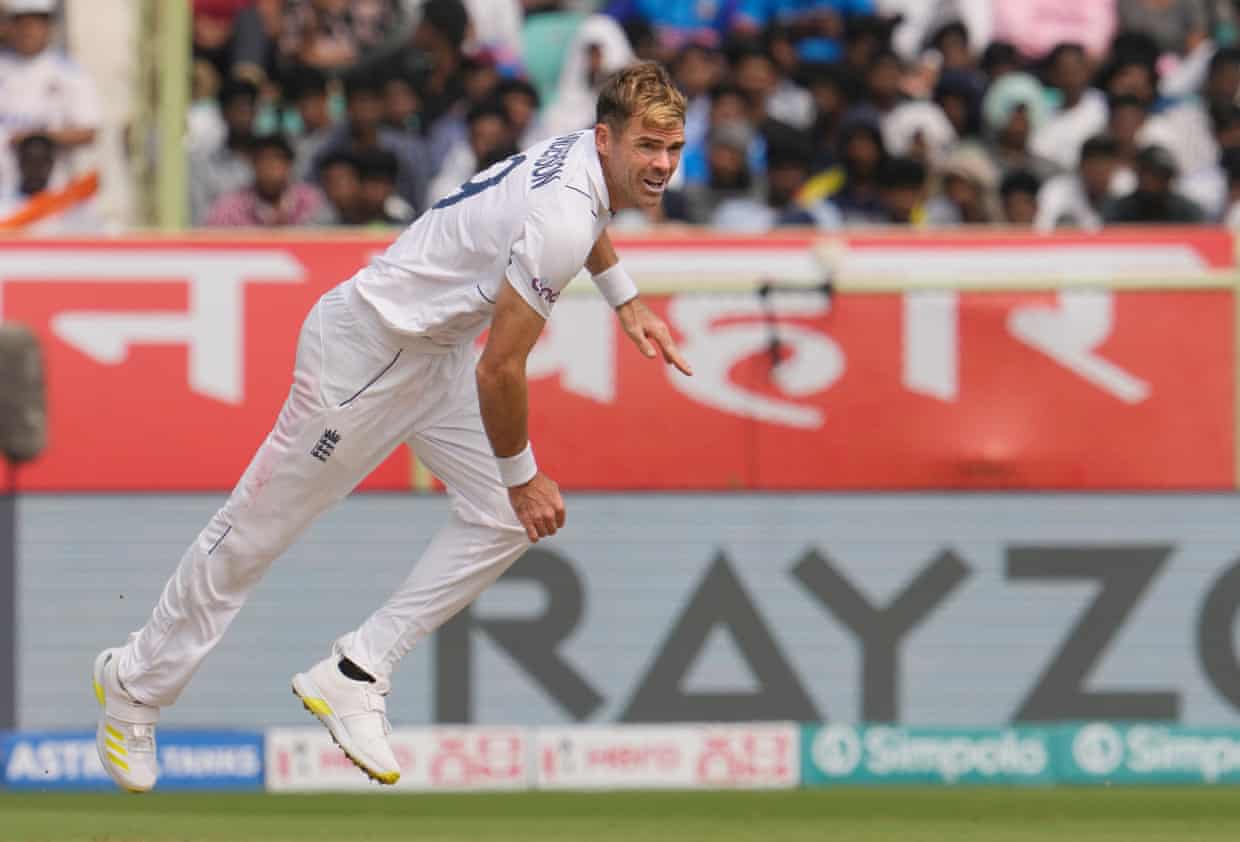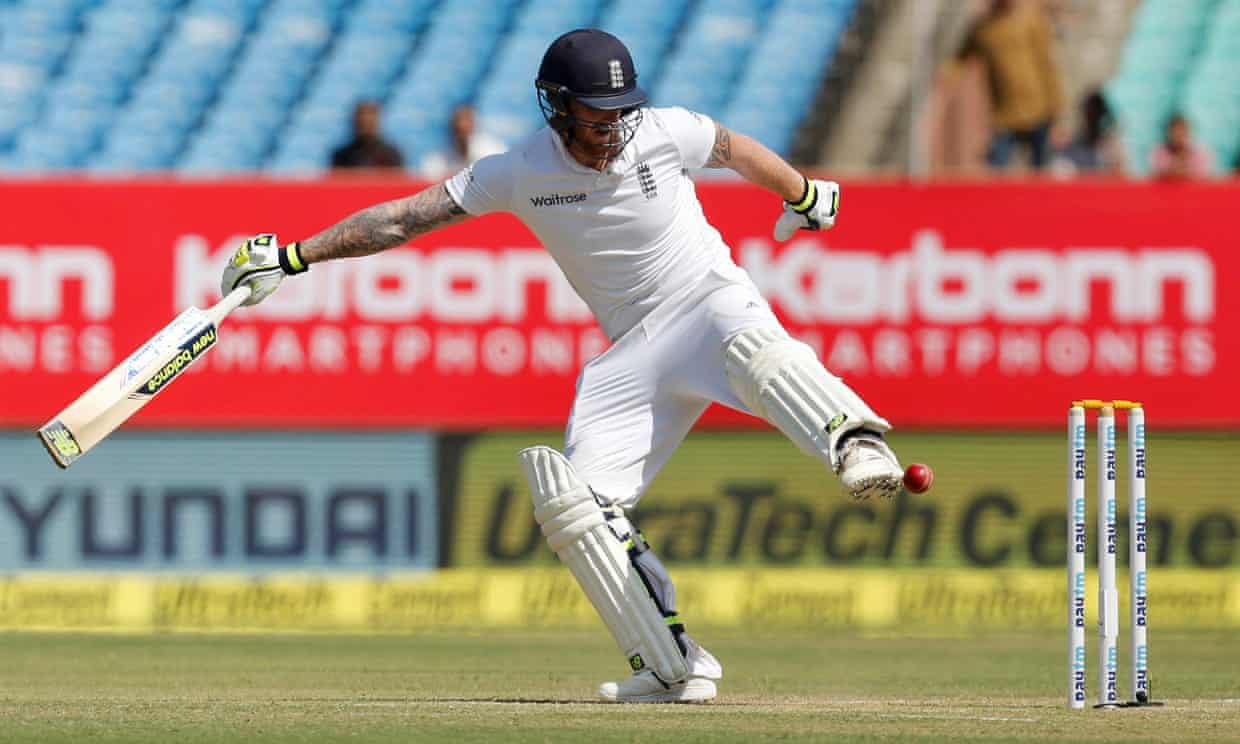Nine centuries have been scored in just two Tests in Rajkot – but can England conjure something out of the ‘paata’?
Rajkot, the location for the third Test between India and England, sits on the T-shirt sleeve peninsula of India’s west coast. Lesser used on the cricket circuit than its vast Gujarat cousin, the Narendra Modi Stadium in Ahmedabad, it has hosted only two Tests, which between them totted up nine centuries. The pitches there aren’t known as “paata” for nothing.
All which is very much to the taste of Rajkot (and Hove’s) favourite son Cheteshwar Pujara, the formidable run-machine hewn from the same granite as India’s coach, Rahul Dravid. Pujara, 36, passed 20,000 first-class runs during a Ranji trophy game in January, joining Sachin Tendulkar, Dravid and Sunil Gavaskar in the Indian pantheon, and made a first-class century on Friday. But, despite the murmurings of the former head coach Anil Kumble, there seems to be no realistic chance of a recall. India, like England, have plumped for the tombola ticket of youth.
After a fallow period, Pujara’s replacement at No 3, Shubman Gill, seems to have secured his place for the series with that invaluable 104 in the second innings at Vizag, which took India out of easy reach of England’s chasing pack. But, if Pujara is no longer a physical presence in the dressing room, Dravid will hope that something of his personal qualities remain, as Virat Kohli once said: “Pujara teaches us patience.” An invaluable quality in the face of Bazball.
With no Pujara and Kohli out for the rest of the series, India’s formidable batting lineup still looks somewhat underpowered – though Rohit Sharma is yet to hit full throttle and KL Rahul and Ravindra Jadeja look likely, injury permitting, to return after missing the second Test. The new batters can be thankful they are not being presented with the raging turners that England flailed around on in 2021.
The Saurashtra Cricket Association Stadium in Rajkot was built only in 2009. A modern bowl filled with bucket seats, enough for 28,000 spectators, and solar panels, it is two hours walk from the city. England’s one previous Test there – actually the first held at the stadium – was number one of a slowly unravelling bad dream of a five-Test tour in 2016-17. The pitch was a batting paradise, where six pedestrian centuries were stitched and folded (Pujara’s the second quickest, and Ben Stokes’s the second slowest). The captain Alastair Cook’s second innings 130 set up a conservative run chase, with India set more than six an over for victory.

England pushed hard, their spin trio of Zafar Ansari, Moeen Ali and Adil Rashid wheeling into the dust, the square at last turning sharply, but, in the end, they ran out of time. It was their one chance of snatching a win, the series disappeared rapidly downhill afterwards, followed in quick succession by the one-day and then the Twenty20 series.
There seems little chance of Stokes’s England plodding away to set India six an over, though he would fancy that sort of chase himself in what will be his 100th Test match. And he isn’t the only one with milestones to tick off. Ravichandran Ashwin is still on the lookout for his 500th wicket, after seemingly pocketing it at Vizag when he had Tom Hartley caught in the second innings, only for England to review and the third umpire to spoil the party. While Jimmy Anderson, in the finest of fettle, is only five Test wickets away from his 700th, with Shane Warne’s 708 in his sights.
Whether he will have any fast bowling back-up in the third Test, from Mark Wood or the peroxided Ollie Robinson, depends on what the pitch doctors reveal later this week. A somewhat exasperated Dravid was also keeping his cards close to his chest. “Curators make the pitches. We don’t ask for rank turners.
“Obviously tracks in India would spin, how much they’ll spin, how less they’ll spin … I’m not an expert. I sometimes get told they’ll turn on the third day, but they turn on the first day. Sometimes I get told they’ll turn on the second day and they don’t turn till day four. So I’m sometimes as clueless as anybody else. We’ll look at the wicket and we try to do the best with we can with what we get.”
Whether England will be able to conjure something out of the “paata” remains tantalisingly in the air until Thursday. Then, with golf clubs back in the cupboard, two back-to-back Tests, in Rajkot and Ranchi, before a final match in the foothills of the Himalayas.
Only then will we know whether Stokes can join Cook, Douglas Jardine, Tony Greig and David Gower as Test captains to win a series in India, putting an end to their run of more than 11 years without losing a Test series at home.
